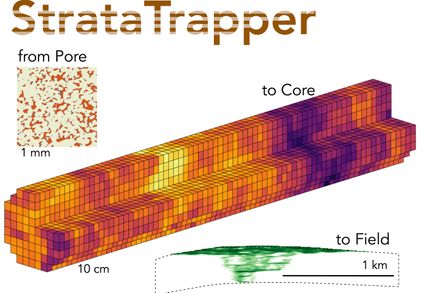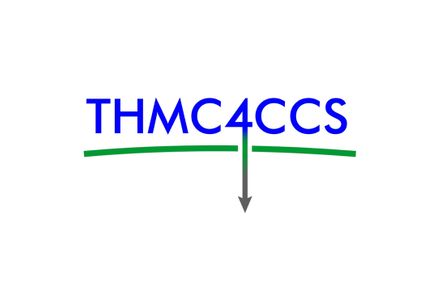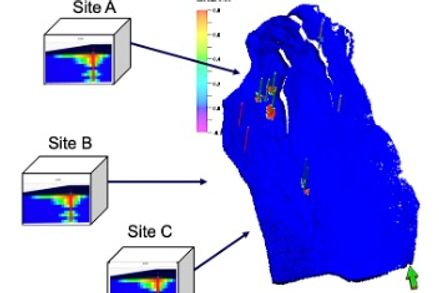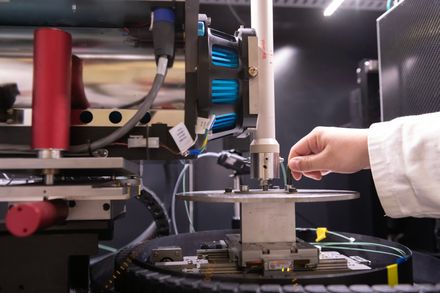BibTex format
@article{Lai:2015:10.1016/j.chemgeo.2015.07.010,
author = {Lai, P and Moulton, K and Krevor, S},
doi = {10.1016/j.chemgeo.2015.07.010},
journal = {Chemical Geology},
pages = {260--273},
title = {Pore-scale heterogeneity in the mineral distribution and reactive surface area of porous rocks},
url = {http://dx.doi.org/10.1016/j.chemgeo.2015.07.010},
volume = {411},
year = {2015}
}





